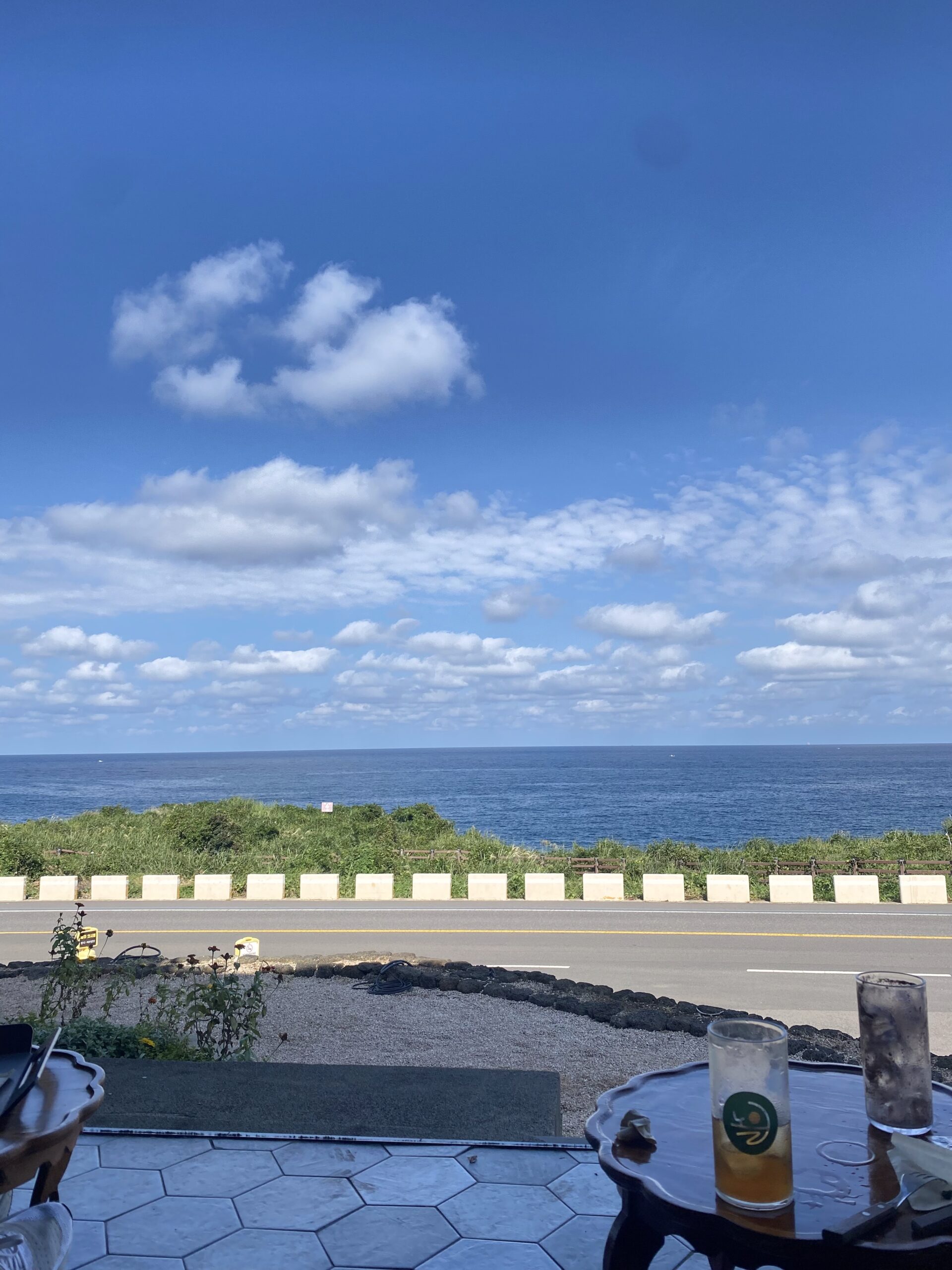The preparation for Koinonia Camp comes with a mix of emotions: excitement, worry, thrill, and hope. Whenever Koinonia approaches, students can hardly contain their boiling enthusiasm and spirit.
In past Koinonia Camps, Cornerstone students took buses to arrive at destinations. However, this year’s Koinonia Camp involved a special form of transportation: airplanes! We will be flying to Jeju-do! This change alone brought excitement to the students.
Adding to the excitement, each homeroom planned for their own 1 day trip instead of following the school’s plan. Each student and teacher in the homeroom were given a budget of 180,000 won. With the influx of new students and teachers this year, planning by individual homerooms may have been a more efficient way to ensure that everyone could enjoy the camp. Furthermore, a new role called the “reservation leader” was introduced. The reservation leaders were responsible for booking hotels, restaurants, and activities. With these newly implemented changes in mind, let’s take a closer look at the Koinonia Camp plans for each homeroom.

Many homerooms completed a variety of exciting activities, from go-karting to exploring traditional markets. A popular choice among them was eating 흑돼지, a famous local food in Jeju-do. Visiting a tangerine farm was also a fun and juicy adventure for the students. Most homerooms participated in similar activities, such as go-karting, riding transparent kayaks, and having barbecue at night. They all went to the beach as well.

I conducted a survey about the Koinonia planning process, and here’s a summary of the students’ responses.
Q. How well did your planning go? Were there any challenges?
Most students responded that they planned well and managed to solve difficulties encountered during the planning. One student mentioned that the homeroom students had similar ideas, so there was no problem.
However, one student noted that her homeroom had a problem with a limited budget, but she solved the problem by choosing some of the cheaper options for activities.
Another student mentioned that not everyone actively participated in the planning process, so they had difficulties in gathering opinions and finalizing the plan.
One student shared that they had to change their accommodation several times, but they were able to figure it out with the help of teachers.
Q. Out of 10, how would you rate your homeroom’s planning and decision making process?
All respondents rated the process between 7 and 10, and the majority gave a perfect 10.
One student who rated it an 8 mentioned that their homeroom’s planning went smoothly because everyone contributed, and tasks were well-distributed.
Students who gave it a 10 replied that the homeroom kids had gathered their ideas together, so they made a concise schedule plan and made perfect reservations.
However, one student who only gave a 7 said that while it was fun, there was a need for better cooperation within the group.
Q. This time, each homeroom planned for their own trip schedule. Which one do you prefer: following the school’s plan or planning your homeroom’s trip on your own? Why?
6 out of 8 respondents preferred planning their homeroom’s trip independently for various reasons. Many explained that by planning themselves, they can choose the activities and food they like.
Another reason was that when we follow the school’s plan, the school has to take care of a large number of students, leading to a lack of time to fully enjoy Koinonia.
One response mentioned that moving as a whole school introduces too many people, so there are many limitations and constraints. However, within the homeroom they can match their own preferences.
However, those who preferred following the school’s plan explained that it would be difficult and tiring to consider all the budgets and to contact all the places by themselves.
Based on these responses, it appears that introducing new methods of planning for Koinonia brought on some challenges for the students. They encountered problems such as a limited budget, lack of enthusiasm from some students, and conflicting ideas. Also, the fact that the hotel and transportation bookings had to be handled by the school rather than directly by the students created further difficulties for both students and teachers. For the next Koinonia Camp, it would be helpful if the school provided additional guidelines to make the planning process easier for students.
Despite these challenges, Cornerstone students managed to solve the problems by cooperating together and leading the process with strong leadership. The experience must have been a good opportunity for the students as they took responsibility for their schedules and communicated actively. It further provided opportunities to appreciate the dedication and effort that Cornerstone teachers and staff had put into organizing Koinonia camps.




